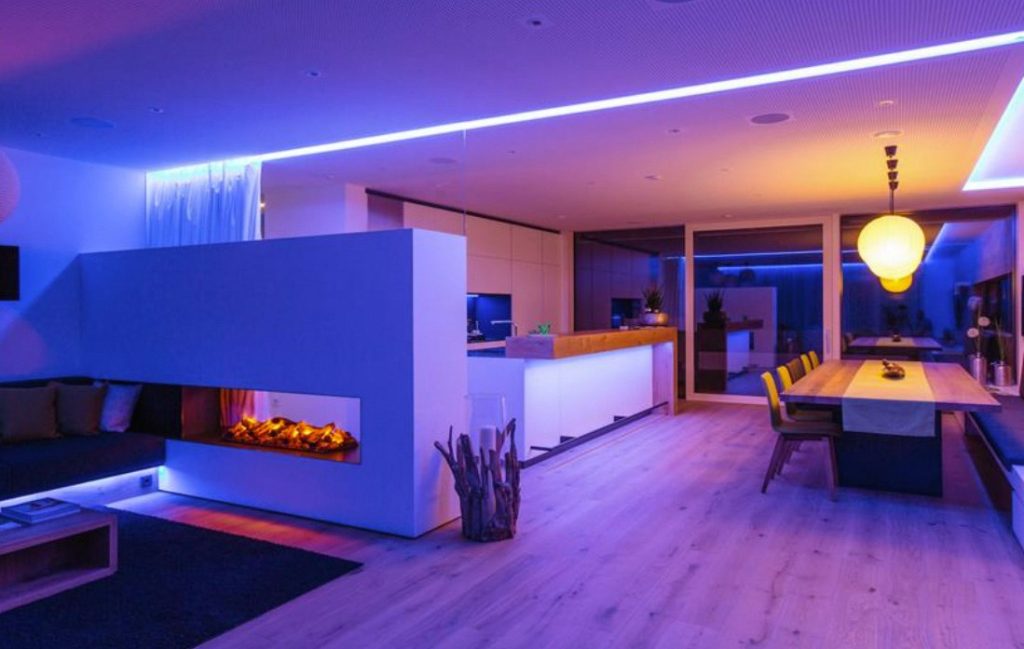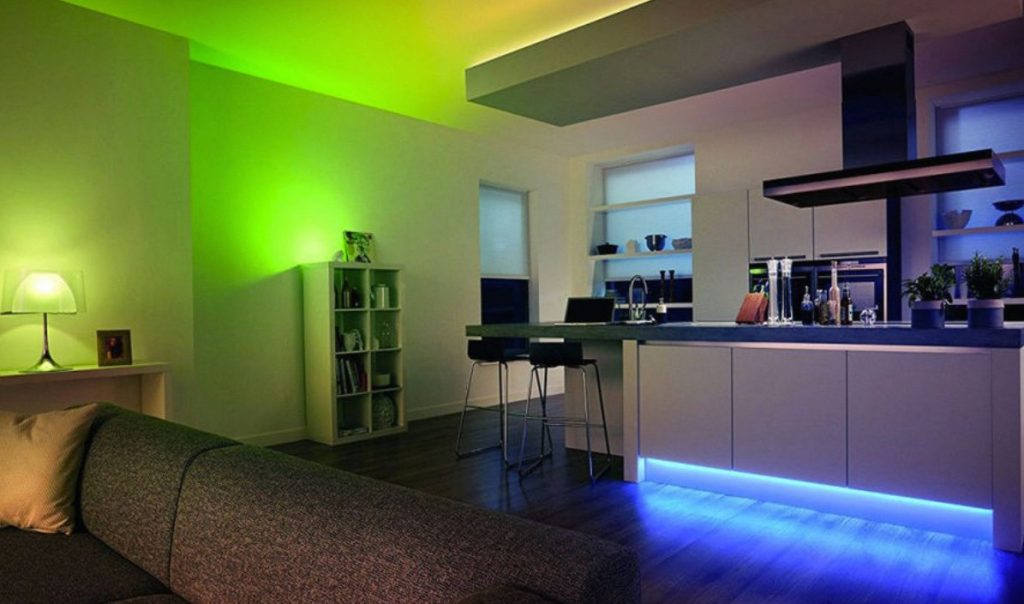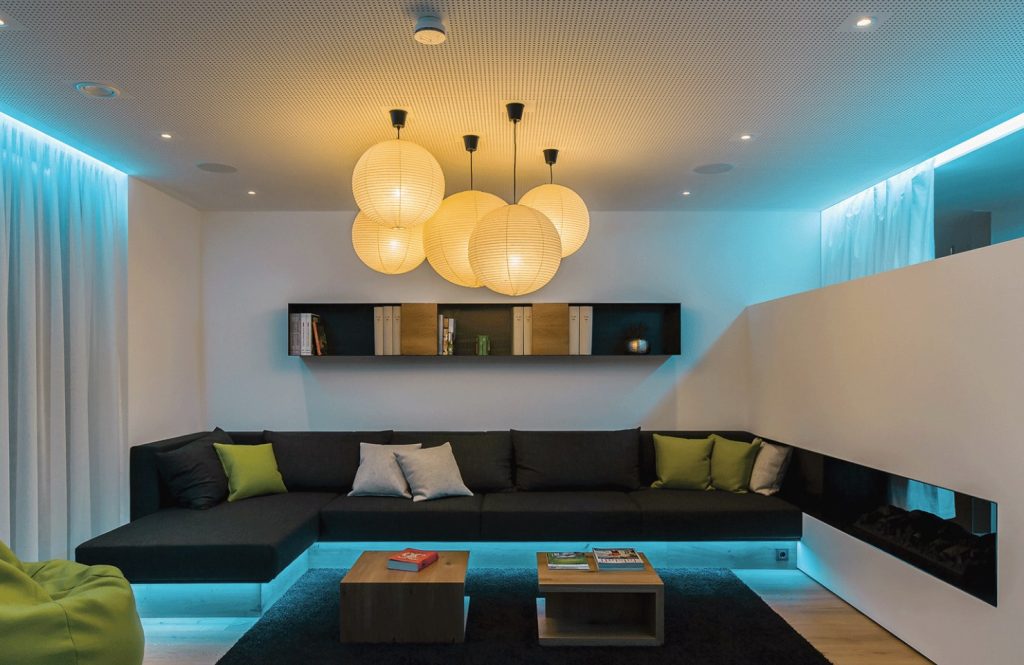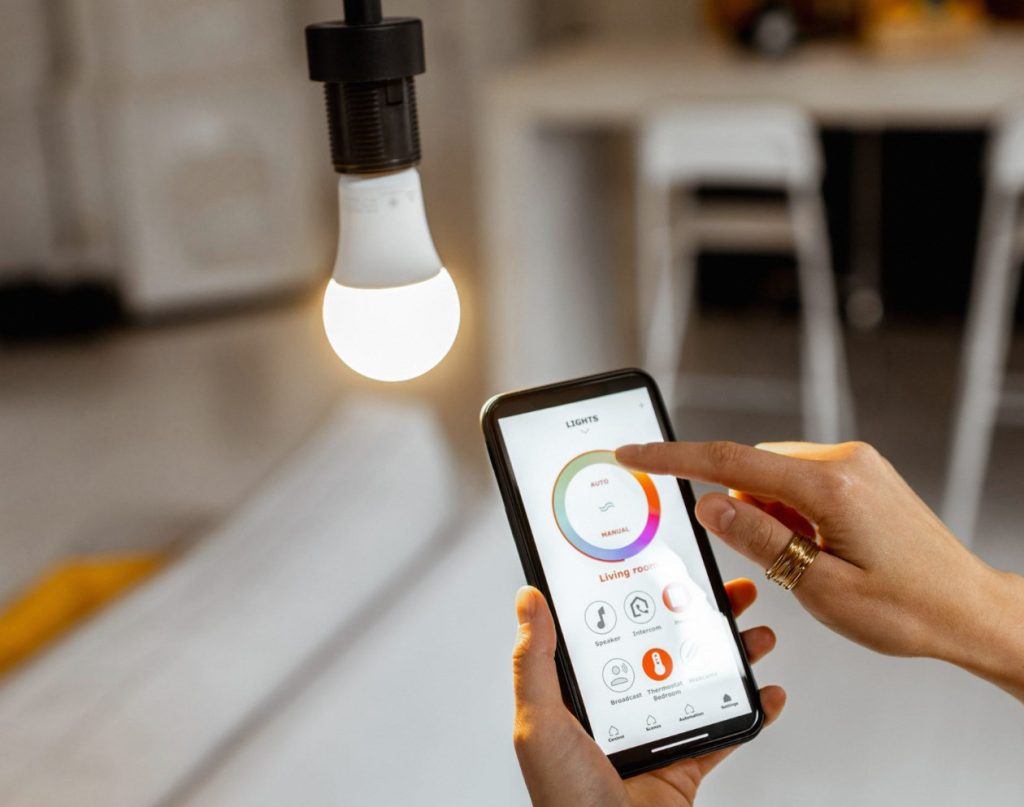Gone are the days of simply flipping a switch to turn on the lights. Smart lighting systems have revolutionized the way we illuminate our homes, offering a blend of convenience, energy efficiency, and personalization.
This comprehensive guide will delve into the world of smart lighting, exploring its key benefits and the two main approaches to incorporating it into your home: smart bulbs and smart switches.
Part 1: The Allure of Smart Lighting

Effortless Control and Automation:
Smart lighting systems provide users with the ability to remotely control their lights through a smartphone app or voice commands using compatible smart speakers like Amazon Echo or Google Home. This advanced level of control offers a range of convenient and innovative possibilities for managing your lighting. Whether you envision comfortably dimming the lights from the couch, setting schedules to have them turn on just before you arrive home, or creating automated routines that adjust the lighting based on the time of day or your activities, smart lighting systems offer a new level of versatility and customization. With the capability to integrate with other smart home devices and platforms, these systems can contribute to a more convenient and personalized living environment. The potential to create unique lighting scenes, improve energy efficiency, and enhance daily routines makes smart lighting an exciting and practical addition to modern homes.
Enhanced Ambiance and Mood Setting:
Smart bulbs often come with a wide range of color temperature options, allowing you to switch from warm white light for a cozy feel to cool daylight for a more energizing atmosphere. You can even create custom lighting scenes for different activities, such as a reading nook with soft, focused light or a vibrant party scene with dynamic color changes.
Part 2: Smart Bulbs – A Flexible Approach

Easy Installation and Replacement:
Smart bulbs are an ideal lighting solution for renters or individuals seeking a flexible and user-friendly option. These innovative bulbs are designed to seamlessly screw into existing light bulb sockets, effectively replacing traditional bulbs without the need for complex wiring or installation procedures. The simplicity of this setup eliminates the hassle of dealing with rewiring or intricate technical tasks, making it an attractive option for those who require a hassle-free and non-permanent lighting solution. This convenience allows for easy removal and replacement of smart bulbs with regular ones whenever necessary, offering a level of versatility that caters to the ever-changing needs of occupants in rental properties or those seeking adaptable lighting solutions. As a result, smart bulbs offer a convenient and practical approach to enhancing lighting control and ambiance without the constraints often associated with traditional lighting fixtures.
Wider Compatibility but May Require a Hub:
While the majority of smart bulbs connect directly to your Wi-Fi network, some of them require a separate hub to fully function. The hub acts as a bridge between the bulbs and your smartphone app, facilitating communication and enabling seamless integration. While introducing a hub to your system adds an extra element, it can also provide various benefits and additional features. For instance, hubs often offer advanced functionalities such as enhanced scheduling, automation capabilities, and improved coordination among multiple smart devices. Additionally, a hub-based system can minimize potential strain on your home network, ensuring a more reliable and stable connection for your smart bulbs. Therefore, while it may initially seem like an additional component, the inclusion of a hub can actually enrich the overall capabilities of your smart lighting system, offering a more comprehensive and sophisticated approach to managing your home lighting.

Part 3: Smart Switches – A Comprehensive Solution
Control Multiple Bulbs and Enhance Functionality:
Smart switches are an innovative alternative to traditional light switches, providing users with the ability to control multiple light bulbs connected to a single switch. This is particularly advantageous for managing entire rooms or areas with numerous lights, offering convenience and energy efficiency. Additionally, smart switches often incorporate advanced features such as dimming functionality, allowing users to adjust the brightness of their lights, even when using non-dimmable bulbs. This level of control not only enhances the ambiance of the space but also contributes to energy savings. By seamlessly integrating with smart home systems, these switches offer a convenient and flexible way to manage lighting throughout your home. Their compatibility with voice assistants and mobile apps makes it possible to customize and automate your lighting to suit your lifestyle and preferences, providing added comfort and convenience for everyday living.
Requires Electrical Knowledge for Installation:
Unlike smart bulbs, installing smart switches typically involves working with electrical wiring. If you’re not comfortable with electrical work, it’s best to consult a qualified electrician for safe installation.
Part 4: Choosing the Right Smart Lighting System
Before diving into the world of smart lighting, consider these factors to make an informed decision:

Budget and Needs:
Smart bulbs offer a cost-effective option compared to smart switches, making them a popular choice for those looking to upgrade their lighting systems within budget. However, the overall cost can vary depending on the number of lights you wish to control. It’s essential to consider your specific needs and the level of control you desire over your lighting. If you plan to control individual light fixtures or desire the flexibility to shift between various colors and color temperatures, smart bulbs may be the ideal choice. Additionally, the convenience of adjusting brightness and color from your smartphone or voice commands can add value to your investment. Considering factors such as compatibility with smart home systems, integration with voice assistants, and long-term energy savings can help in determining the most suitable option for your requirements, ensuring that you make an informed decision tailored to your lighting preferences and budget.
Existing Wiring and Technical Expertise:
If you’re comfortable with electrical work, smart switches may offer a more comprehensive solution. Smart bulbs are a great alternative for those who prefer a simpler installation process.

Smart lighting systems offer a fantastic way to elevate your home environment. With their convenience, customization options, and energy-saving potential, they’re a worthwhile investment for modern living. So, explore the possibilities, choose the approach that best suits your needs, and illuminate your life in a whole new way!


